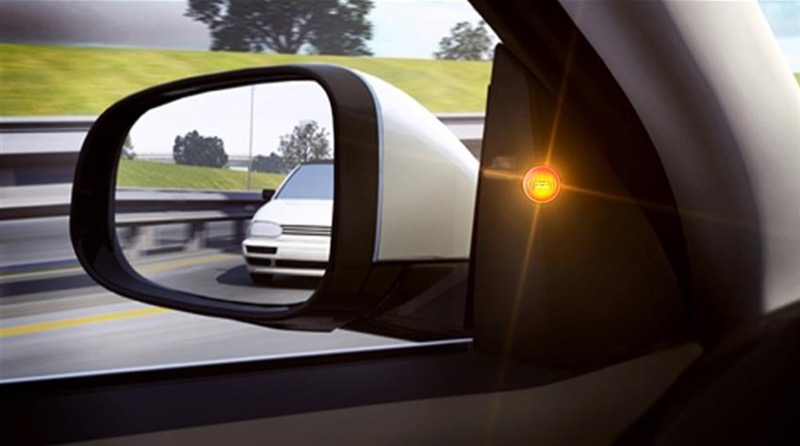Gone are the days when car safety features used to be airbags, anti-lock brakes, seat belts, and traction control. Today, the advancement in technology has brought an array of features meant to make rides safer and more comfortable. A survey conducted by America’s Insurance Institute for Highway Safety showed that improved safety features significantly lower road fatalities.

Below are some of the technologies that make driving a safer experience.
1) Safety Exist Assist
The Safety Exit Assist feature temporarily stops the back doors from opening when vehicles, bicycles, and other motorists are approaching from behind. This safety feature is very useful, especially for kids and adults who alight without checking for oncoming cars or bikes.
2) Blind Spot Detector
When driving, motorists behind you can get hidden in what’s called a ‘blind spot.’ Blind spot monitors alert drivers when a vehicle, pedestrian or bicycle is traveling in their blind spot. Whenever the system detects a blind spot, it warns you by shining yellow or orange lights in your door mirrors.
3) Rearview Backup Camera
The backup camera shows you live footage of the area directly behind your car. This helps you to reverse comfortably and avoid accidentally hitting a person or object. The cameras use wide-angle lenses that give you up to 180-degree rear view. There’s a range of backup cameras available in the market, and you’ll definitely find the right one for your vehicle.
4) Lane Keep Assist/Lane Departure Warning
The lane-keep assist is a camera-based feature designed to keep the car in the center of the lane. It gently steers the car back into your lane whenever you drift out. The lane departure warning system alerts you with a light, alarm or vibration whenever it detects that you’re leaving your lane without a turn signal.
5) Adaptive Headlights
Sometimes it can be difficult to see clearly on dark and curved roads. Fortunately, adaptive lights can help improve visibility in such areas. The lights use information such as steering wheel movement and vehicle speed to pivot in the direction you’re moving, helping you to see the road ahead better. The lights also adjust and enhance illumination depending on the road conditions.
6) Electronic Stability Control
The electronic stability control system is a computerized technology for improving a vehicle’s stability. It uses automatic sensors to slow down individual wheels during a turn, helping to keep the vehicle on course and avoid losing traction. If the system detects loss of steering control, it applies the brakes to help steer the vehicle.
7) Adaptive Cruise Control
This feature is available in the majority of the new models today. It uses sensors and radar to lock onto the car in front of you and maintain a safe distance. It automatically brakes when the front car brakes and applies the throttle when the front car accelerates.
8) Forward Collision Warning System
Forward Collision Warning uses sensors and cameras to monitor the surroundings and provides visual or audible warnings in case it detects an imminent collision. It calculates the distance to the object, and if it detects the risk of collision, it alerts you immediately.
9) Automatic Emergency Braking
This system works similarly to how the forward collision warning works. However, it goes an extra mile to brake the car when it senses a potential collision, and the driver doesn’t react in time. Most modern vehicles come equipped with this safety feature.
The technologies above can really boost your safety when driving. Therefore, if your car doesn’t have them, consider getting some of them, if not all.
